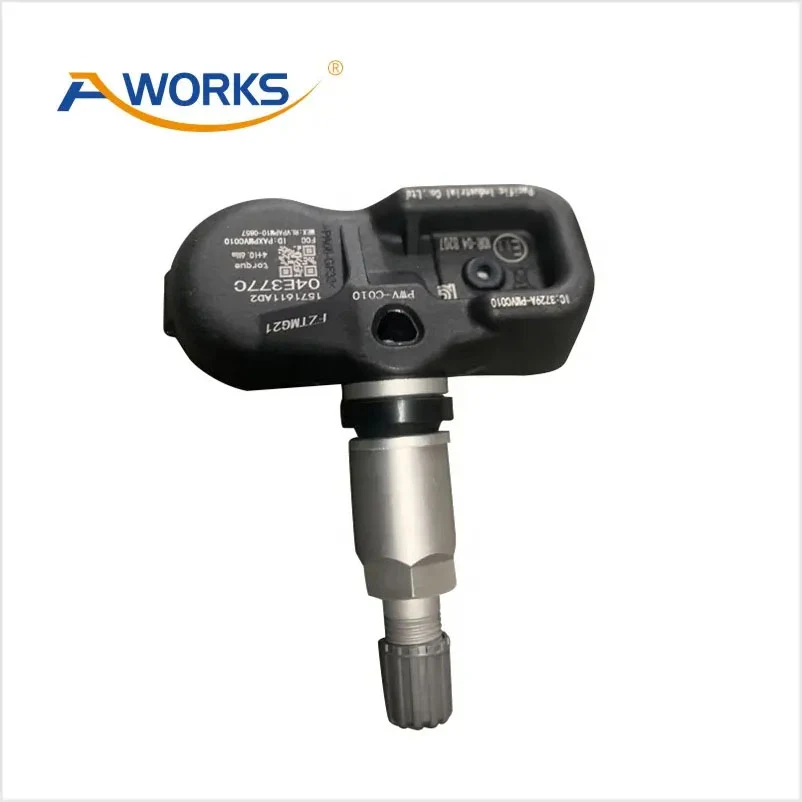Exploring the Role of Automotive Sensors in Modern Vehicles
2024-07-31
Introduction
In the era of smart technology and automation, automotive sensors play a pivotal role in the functionality and safety of modern vehicles. These sensors gather data from various parts of the vehicle and its surroundings, enabling systems to make real-time decisions that enhance performance, efficiency, and safety. In this blog, we will delve into the different types of automotive sensors, their functions, and their importance in today's automotive industry.

Types of Automotive Sensors and Their Functions
1. Oxygen Sensors:
- Function: Measure the oxygen level in the exhaust gases.
- Importance: Helps the engine control unit (ECU) adjust the air-fuel mixture for optimal combustion, improving fuel efficiency and reducing emissions.
2. Temperature Sensors:
- Function: Monitor the temperature of the engine, coolant, and other vital components.
- Importance: Prevents overheating by regulating the cooling system and ensures the engine operates within a safe temperature range.
3. Pressure Sensors:
- Function: Measure pressure in various systems such as the fuel system, oil system, and air conditioning.
- Importance: Ensures optimal performance and safety by monitoring and regulating pressure levels.
4. Position Sensors:
- Function: Determine the position of various components like the throttle, crankshaft, and camshaft.
- Importance: Enables precise control of engine timing, throttle response, and other critical functions.
5. Speed Sensors:
- Function: Measure the speed of the vehicle and individual wheels.
- Importance: Integral to anti-lock braking systems (ABS) and electronic stability control (ESC), ensuring safe handling and braking.
6. Knock Sensors:
- Function: Detect engine knocking or pinging.
- Importance: Allows the ECU to adjust the ignition timing to prevent engine damage and improve performance.
7. Mass Air Flow Sensors (MAF):
- Function: Measure the amount of air entering the engine.
- Importance: Ensures the correct air-fuel ratio for optimal combustion, enhancing fuel efficiency and reducing emissions.
8. LiDAR and Radar Sensors:
- Function: Detect objects and measure distances around the vehicle.
- Importance: Critical for advanced driver-assistance systems (ADAS) like adaptive cruise control, lane-keeping assist, and autonomous driving features.
The Importance of Automotive Sensors
1. Safety Enhancements:
- Sensors such as speed, position, and LiDAR/radar sensors are crucial for safety systems like ABS, ESC, and ADAS. They help prevent accidents and enhance driver and passenger safety by providing real-time data for critical decision-making.
2. Improved Performance:
- Engine sensors like oxygen, temperature, and knock sensors ensure the engine runs smoothly and efficiently. They help optimize combustion, prevent engine damage, and maintain overall vehicle performance.
3. Fuel Efficiency and Emissions Control:
- Sensors like MAF and oxygen sensors play a significant role in regulating the air-fuel mixture, ensuring efficient fuel usage, and reducing harmful emissions. This not only saves fuel costs but also helps in meeting environmental regulations.
4. Comfort and Convenience:
- Sensors in systems like air conditioning and adaptive cruise control enhance driver and passenger comfort by providing precise control over temperature and speed, respectively.
The Future of Automotive Sensors
With the rapid advancement in automotive technology, sensors are becoming more sophisticated and integral to the development of autonomous vehicles. Future sensors will likely incorporate more advanced features, such as improved data accuracy, enhanced environmental sensing, and better integration with vehicle systems. This will lead to safer, more efficient, and more comfortable driving experiences.
Conclusion
Automotive sensors are the unsung heroes of modern vehicles, enabling a myriad of functions that enhance safety, performance, and comfort. As technology continues to evolve, the role of sensors will become even more critical in shaping the future of transportation. Understanding the importance and functionality of these sensors helps us appreciate the complexity and ingenuity behind today's automotive technology.


